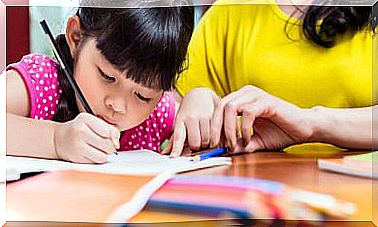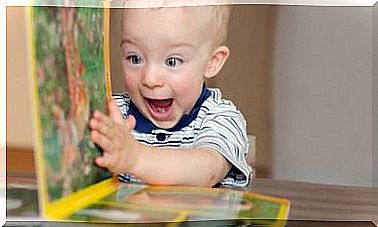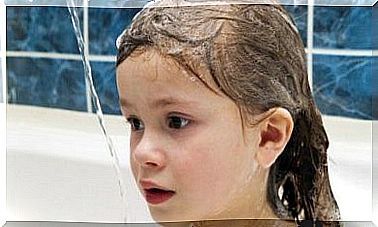How Do Children Learn To Read And Write?
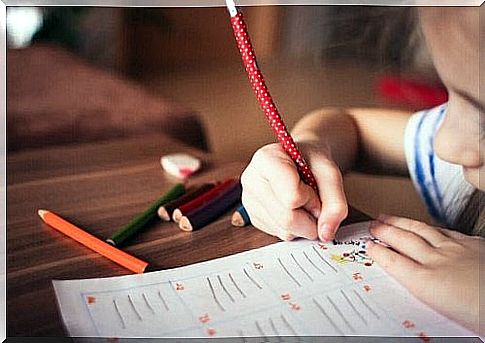
Learning to read and write involves a complex process of constructing thought for children; this same process presupposes a challenge also for parents who must accompany their children on this path towards knowledge. And it is on this journey that they discover how children learn to read and write.
From an early age, children try to read the signs they see on the street, product packaging and news headlines. They also try, not with little effort, to write their name next to a drawing they have made of their own hand. All of these activities involve a great deal of cognitive effort.
Normally from the age of 3 the child can begin to learn to read and write . However, age is relative and depends on the development of each child. In this phase, your little one will work on skills that precede the reading and writing process itself, which serve to foster future mastery and learning of these skills.
How do children learn to read and write?
The actual reading process is acquired around the age of 6. However, it is important to start working on preliminary skills from the age of 3, as well as to pay special attention when acquiring this ability which begins to develop between the ages of 5 and 6. This process will develop until it reaches its complete domination after years, following the progress of the maturational development of children.
Gradually, your children will learn that each letter has its own sound. This is quite a challenging discovery for children, especially if we stop to think that our alphabet is made up of more than 20 letters; for this reason, it is a great satisfaction for them to write and recognize the letters of their own name.
Being able to tell or read a story to a child before going to sleep, invent stories while we are on the road in the car, guess the letters or recognize words in road signs. These are all ways to introduce the child to the shared reading method.
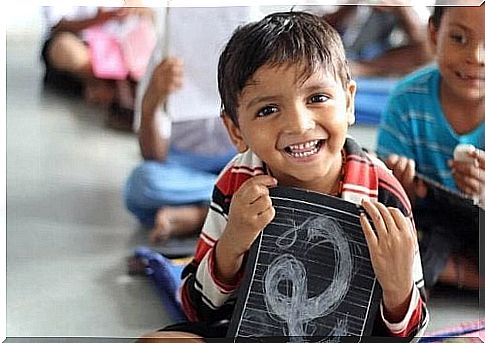
Learning to read and write is a complex process
Reading and writing does not consist only in the sum of perceptive and motor skills, but in an active search for meaning and knowledge typical of children aged 3 and over.
On the other hand, some children will need more time than others to be able to create and understand the process of appropriating writing. There is no need to despair or pressure, each child learns at their own pace. And the speed of this process does not affect their level of intelligence or their ability to learn.
It is likely that during the first steps towards writing by children, they misspellings, leave no spaces between one word and another, reverse the syllables and many other mistakes that we adults are even funny.
These “mistakes” are part of the writing process. Process that, as adults, we must accompany and encourage, so that they understand that greater tranquility and ease possible.
Learning to read and write is closely linked to language development and learning. Before starting with these processes, children must have acquired spoken language and be able to use it well enough.
Preliminary skills to reading and writing
There are preliminary skills in children that we need to know and keep in mind in order to learn to read and write. They are the following:
- Spatial orientation. This skill is essential for writing: it is important for the order of the letters and for writing from left to right, from top to bottom.
- Adequate laterality. Before starting to learn to read and write, children must have a defined laterality, that is to know if they are right-handed or left-handed.
- Fine psychomotricity. Learning to write requires manual control to hold the pencil and apply adequate pressure to trace the letters on the paper.
- Hand-eye coordination. Children must master the coordination between sight and movement; this is because the movements of the hand and the strokes they make on the paper must correspond to what their eyes perceive.
- Discrimination and auditory memory. It is essential that the little ones remember the sounds they hear in order to be able to transform them into certain letters.
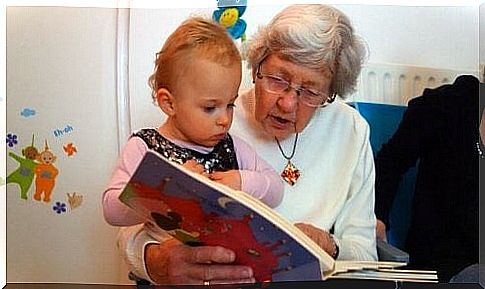
Other skills needed
- Consciousness and phonological discrimination. Children must be aware that each sound corresponds to a graphic expression, as well as being able to differentiate one sound from another.
- Language. The domain of spoken language is essential for learning written language.
- Understanding of orders and syntactic structures. In learning these processes, children must possess the ability to understand the different orders of both letters and words. The same letters ordered differently result in different words or no words at all. And the words to convey a meaningful message must be in exact order.
- Understanding of what you read. It is not enough just to know and know the word we see written. It is important for the child to understand the message of what he is reading, and developing concentration is very important in achieving this.
- Writing planning. To start writing, it is normal to have the difficulty of how to order ideas. We need to train children so that they develop the ability to plan what they want to write down before they start expressing themselves.
Learning to read and write is not an easy task
After understanding what are some of the skills that the child must learn to move on to the stage of reading writing we will surely be surprised. We can, in fact, understand that the task is by no means simple; and it is even less so for a child.
However, despite this degree of difficulty, all children have the ability to learn to read and write. Hence the importance of stimulating them whenever we can, because with this learning the doors to the world of knowledge, development and free thinking will be opened.

